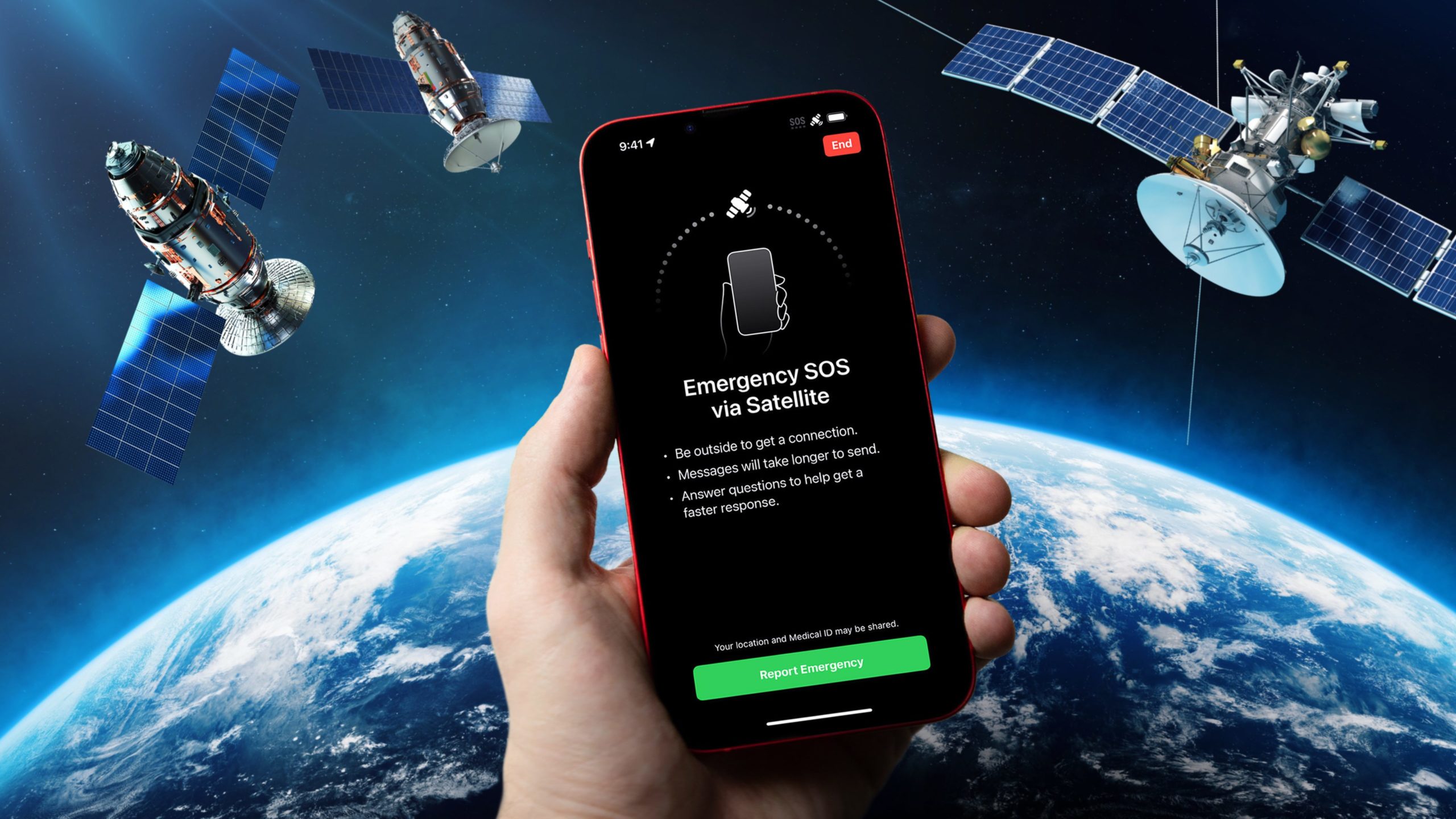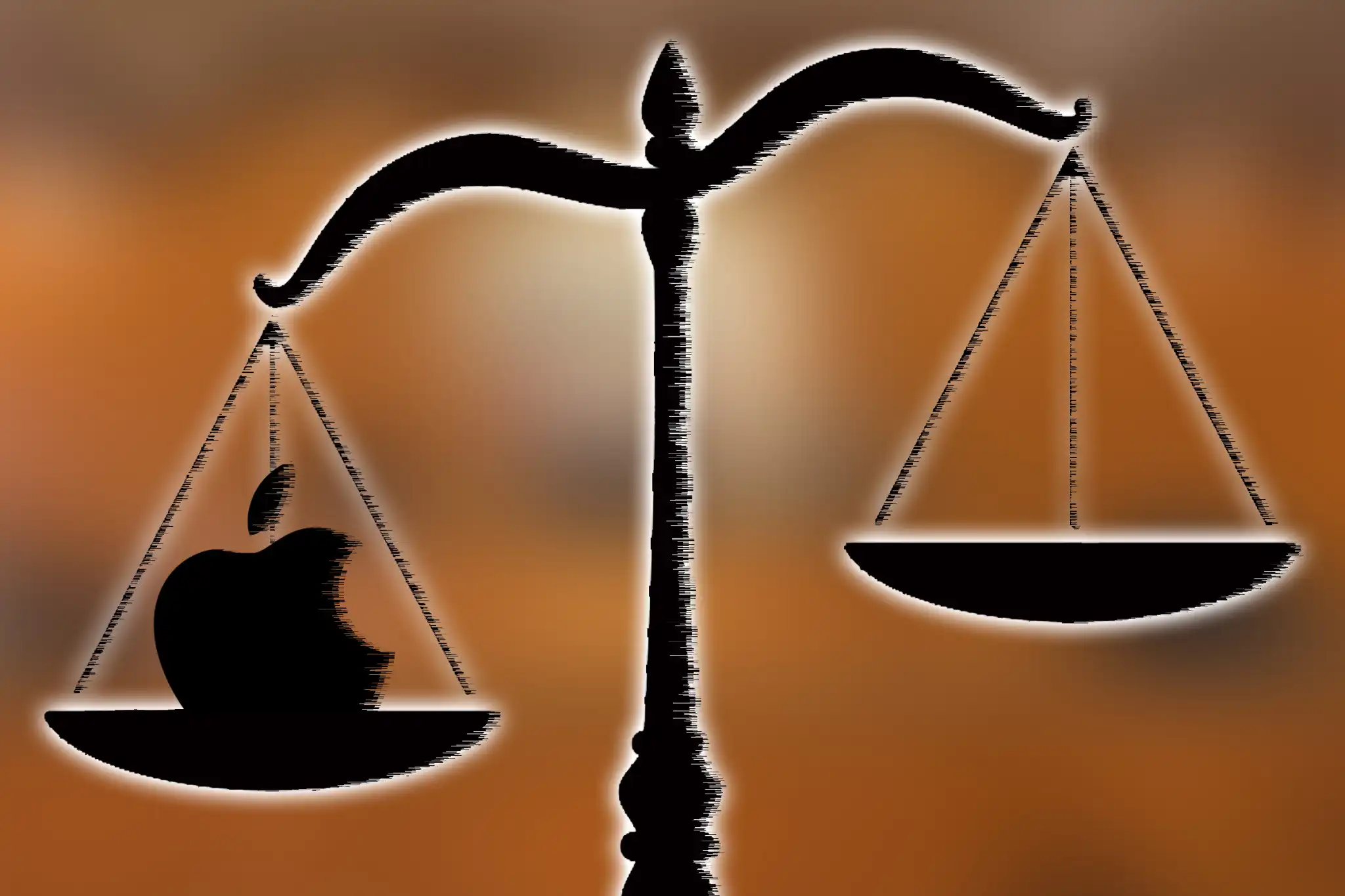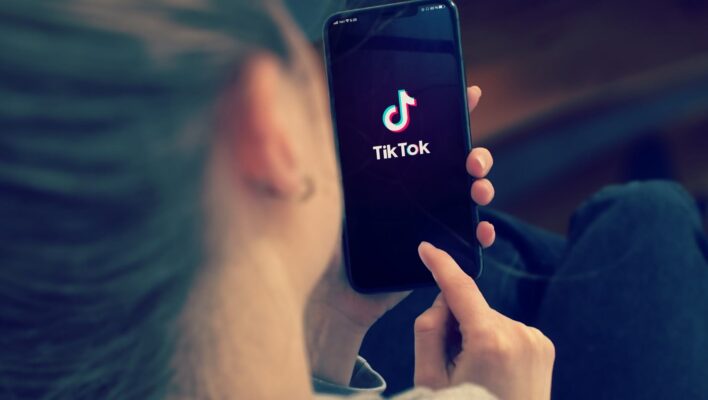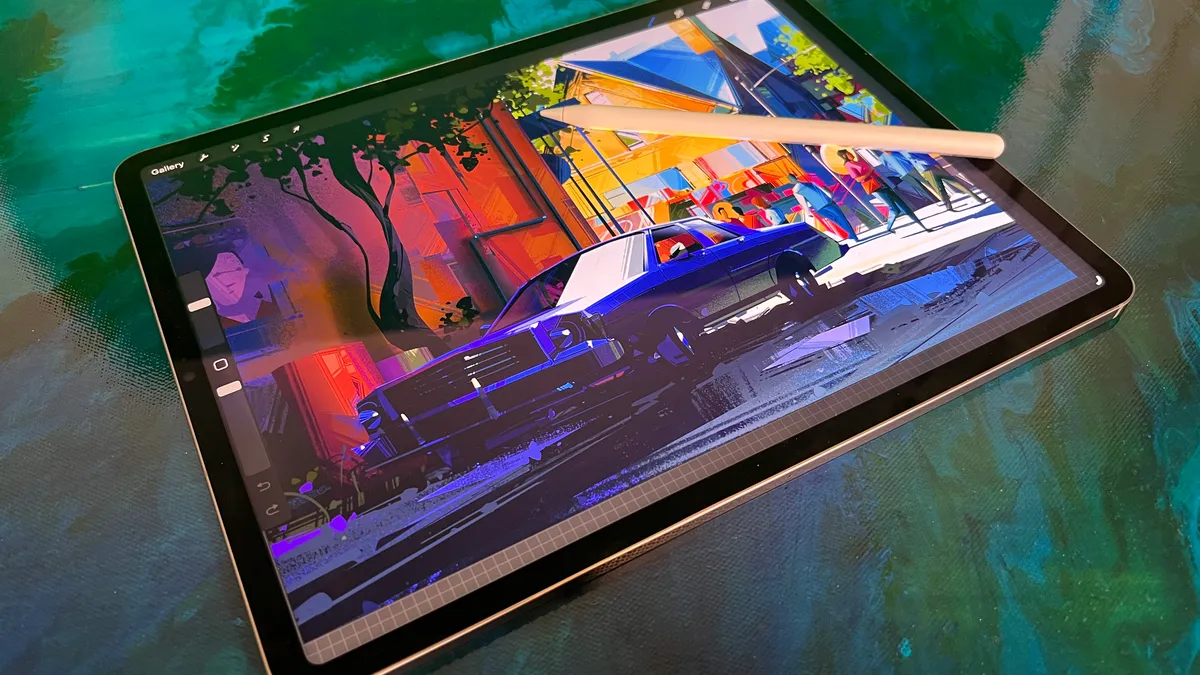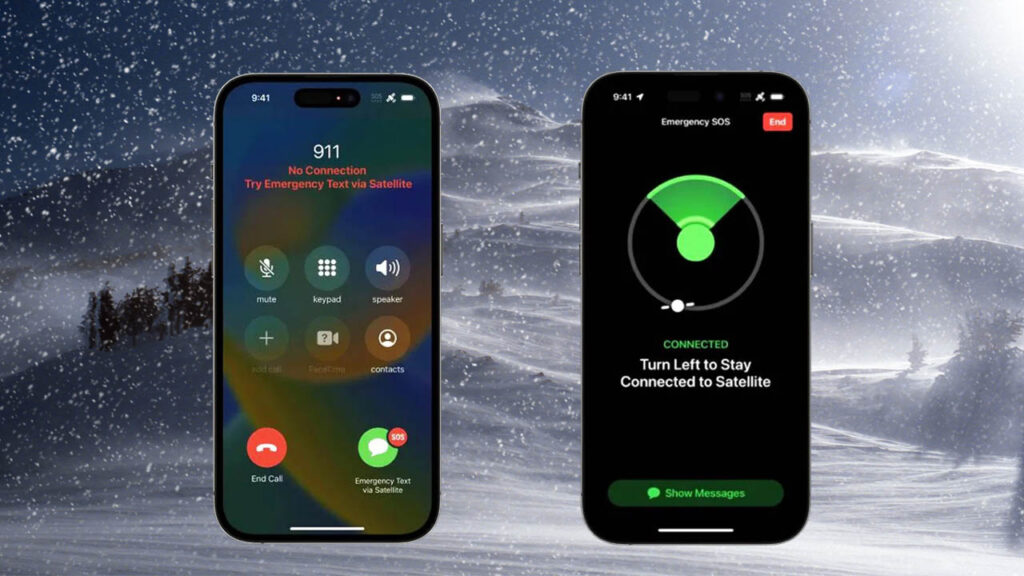
The much-anticipated wave of phone-to-satellite connectivity that was expected to define 2023 turned out to be more of a ripple, leaving tech enthusiasts and reporters, myself included, questioning what happened to the excitement that surrounded this emerging trend. The initial surge of interest began with Apple’s groundbreaking introduction of Emergency SOS via Satellite on the iPhone 14 in late 2022, allowing users to send texts to emergency services through satellites. Qualcomm added fuel to the fire by announcing that, by mid-2023, handsets equipped with Snapdragon chips would have the capability to tap into Iridium’s satellite network for emergency communication, including texts, data, and even videos.
The momentum continued with an impressive demonstration at CES 2023, where reporters were taken into the Las Vegas desert for a firsthand look at satellite-connected phones. Notably, Motorola and Bullitt teased their own robust satellite handset solutions, creating further ripples of excitement. However, as the year progressed, no phones featuring Snapdragon Satellite hit the market, and Qualcomm abruptly terminated its deal with Iridium. Even proposed satellite solutions from major carriers such as AT&T, Verizon, and T-Mobile failed to materialize by the end of 2023.
This leaves us at the conclusion of the year with the realization that the iPhone stands alone as the sole handset capable of satellite connectivity, particularly through Apple’s Emergency SOS feature. It serves as a poignant reality check on the initial hype and prompts questions about the challenges and obstacles hindering the widespread adoption of satellite texting and communication.

